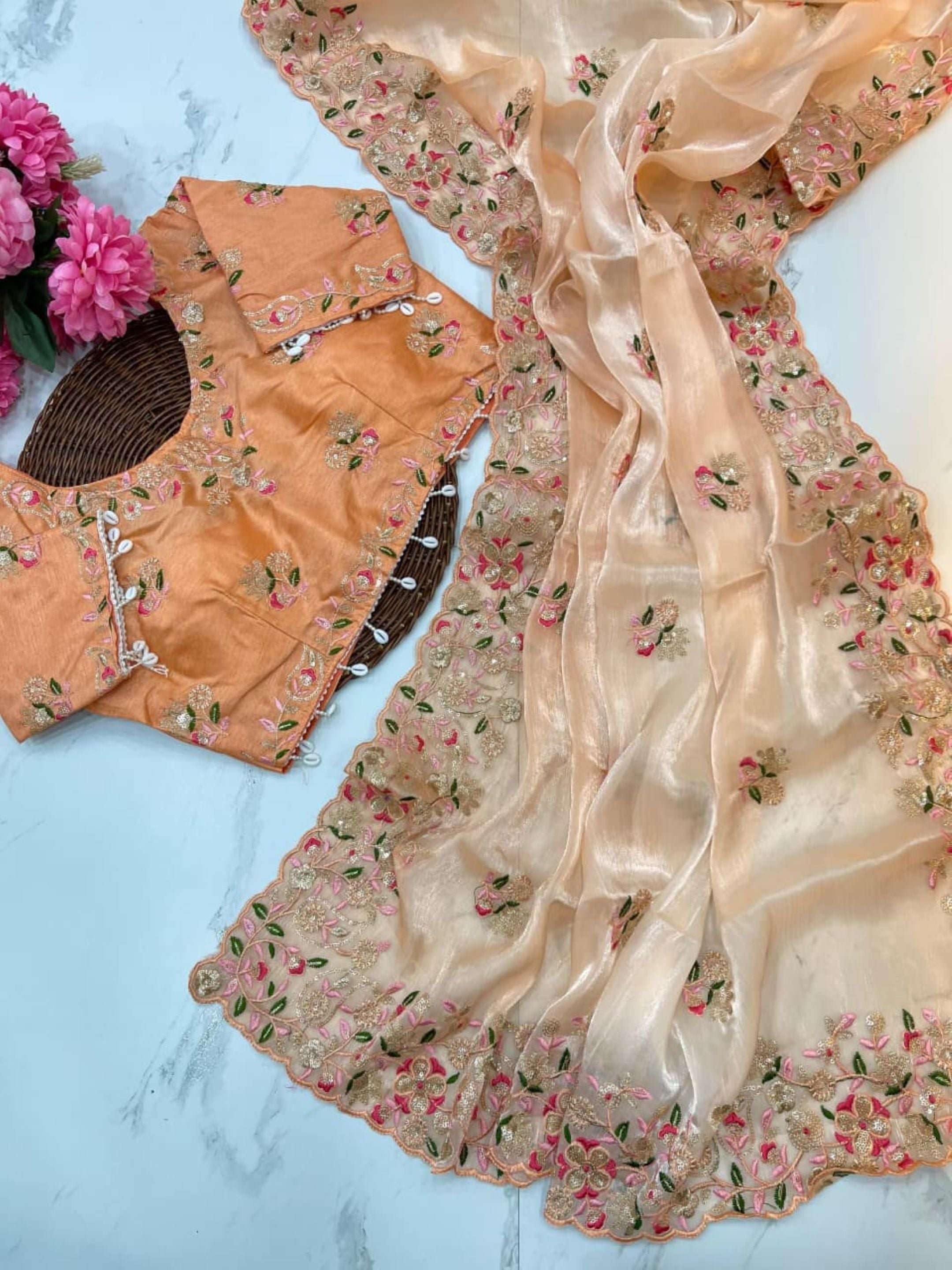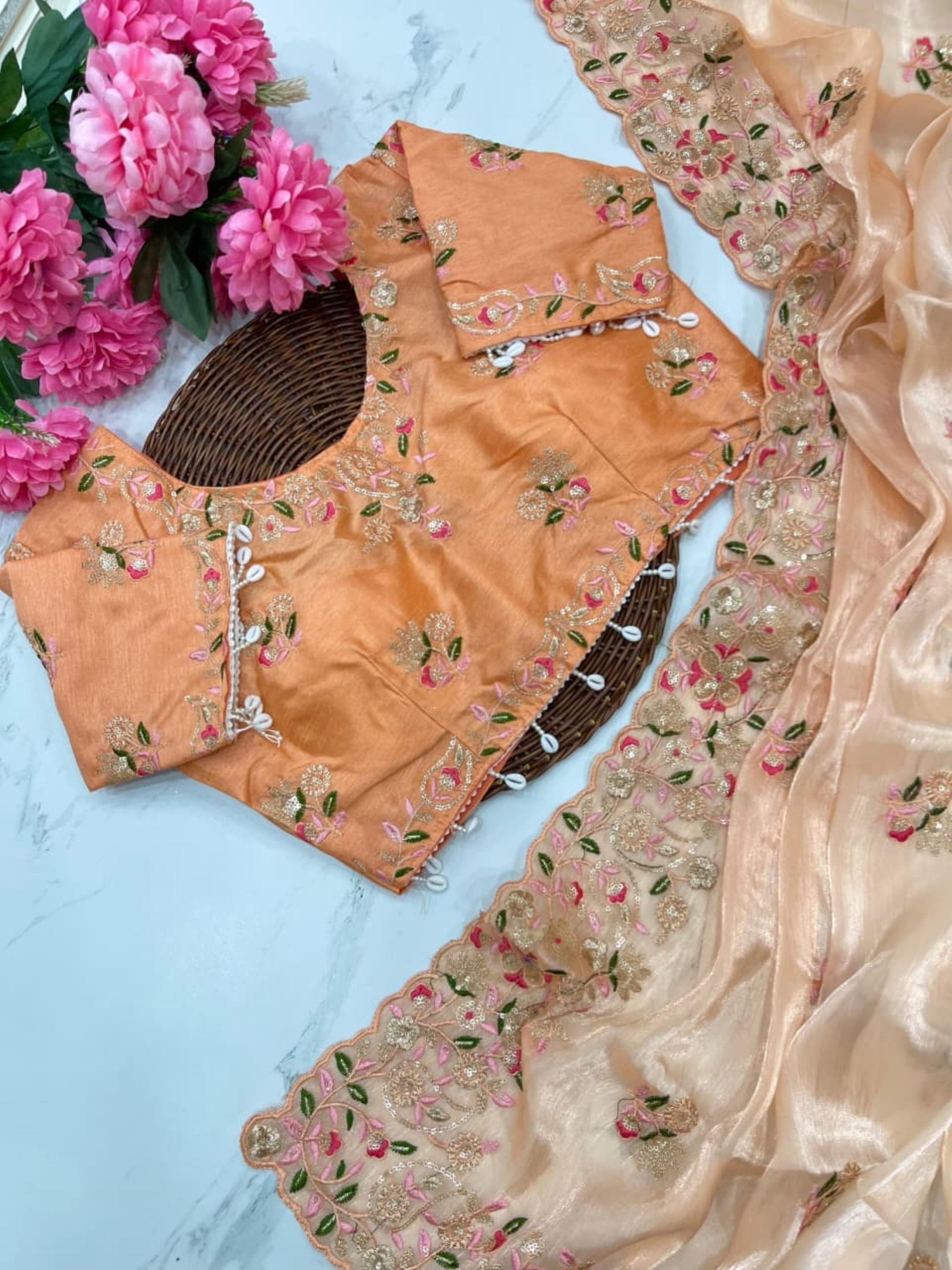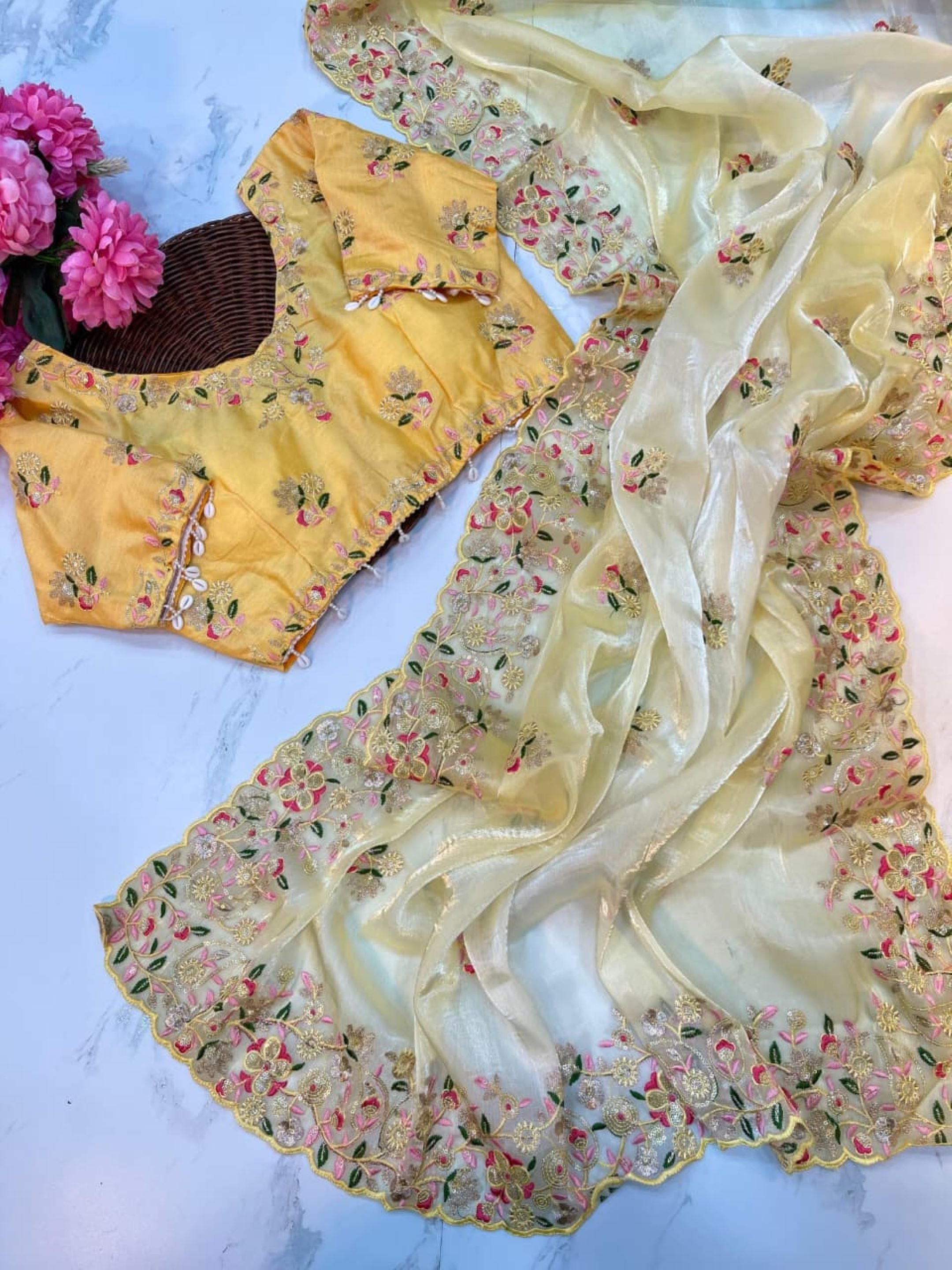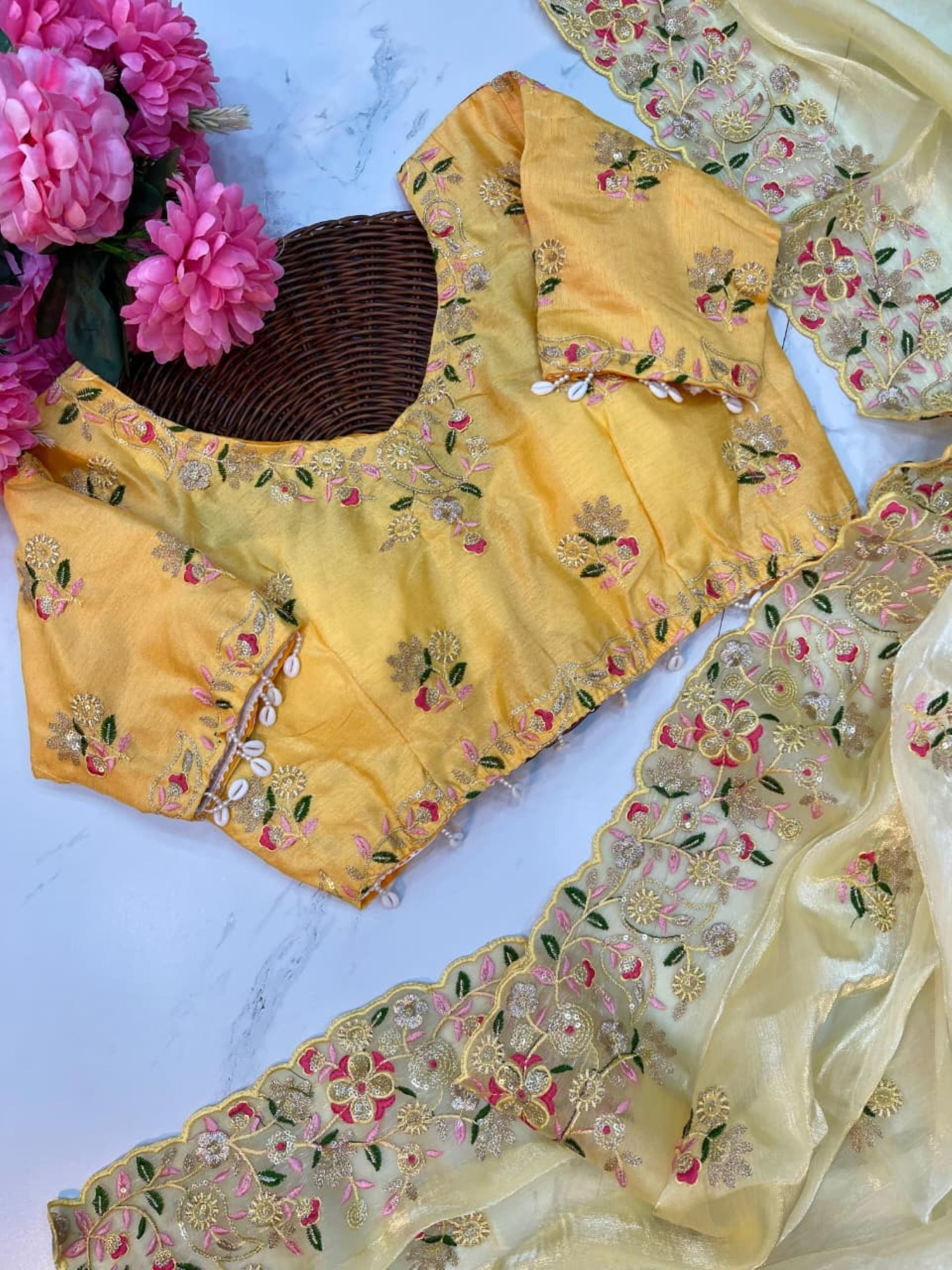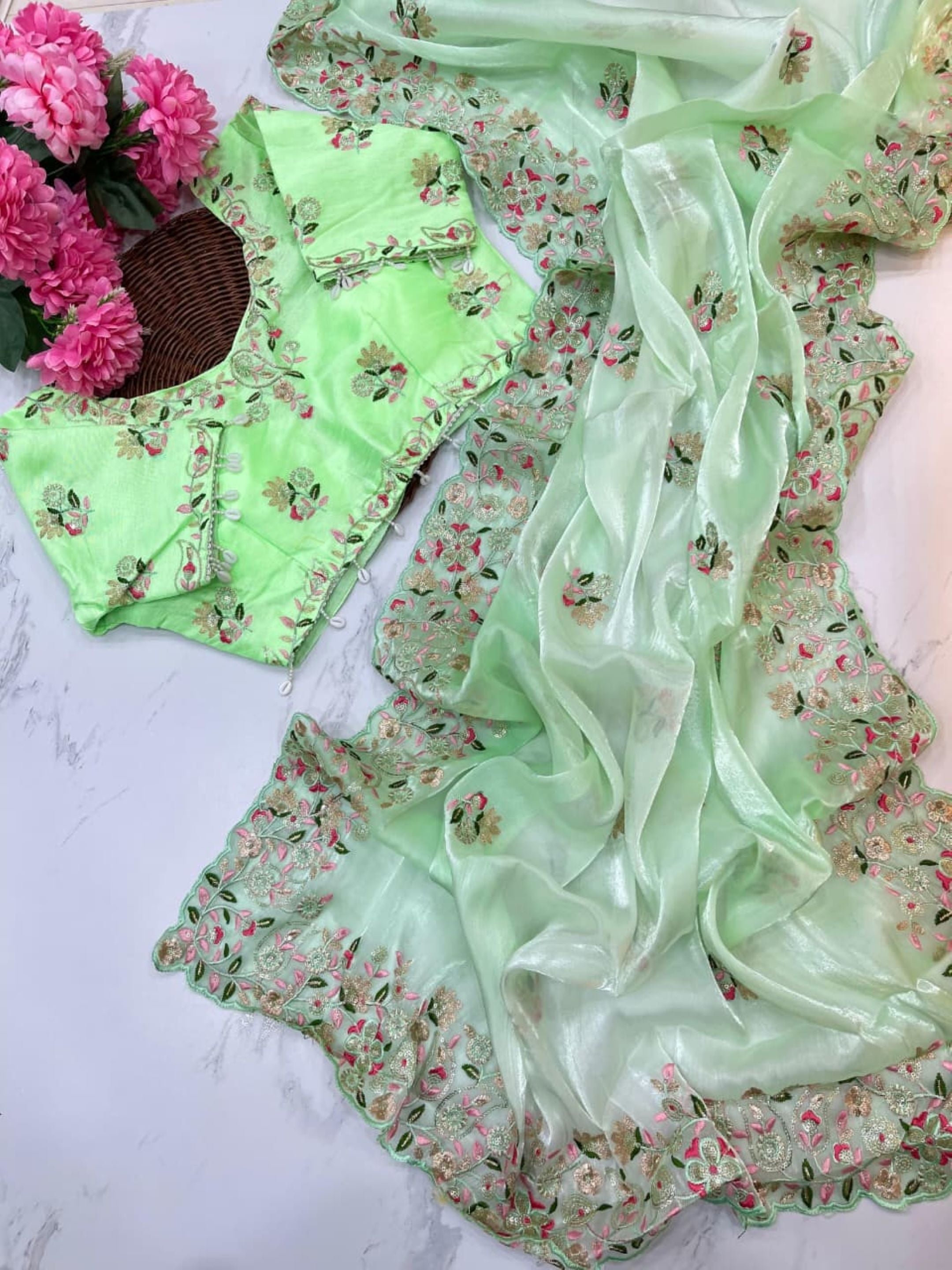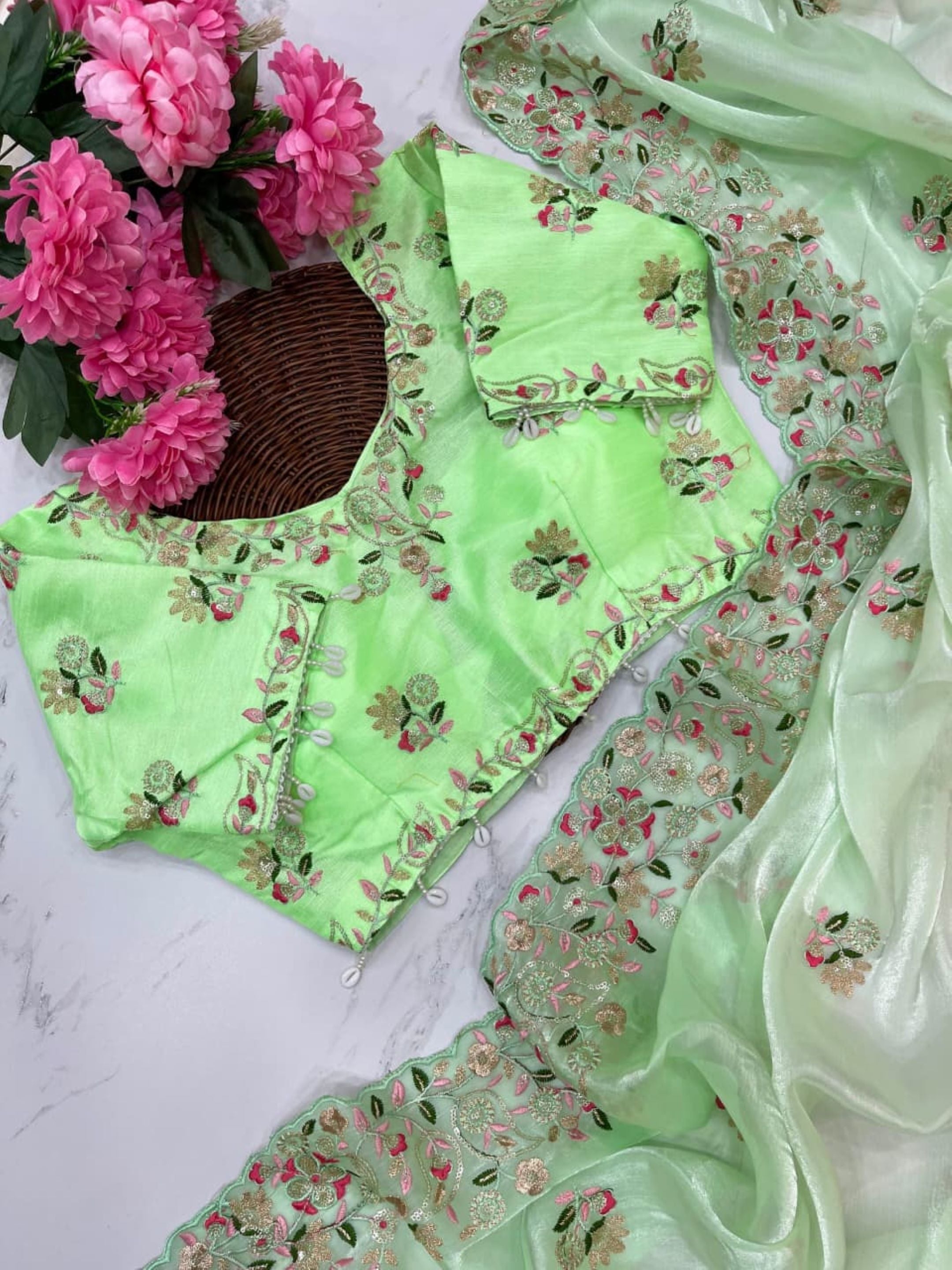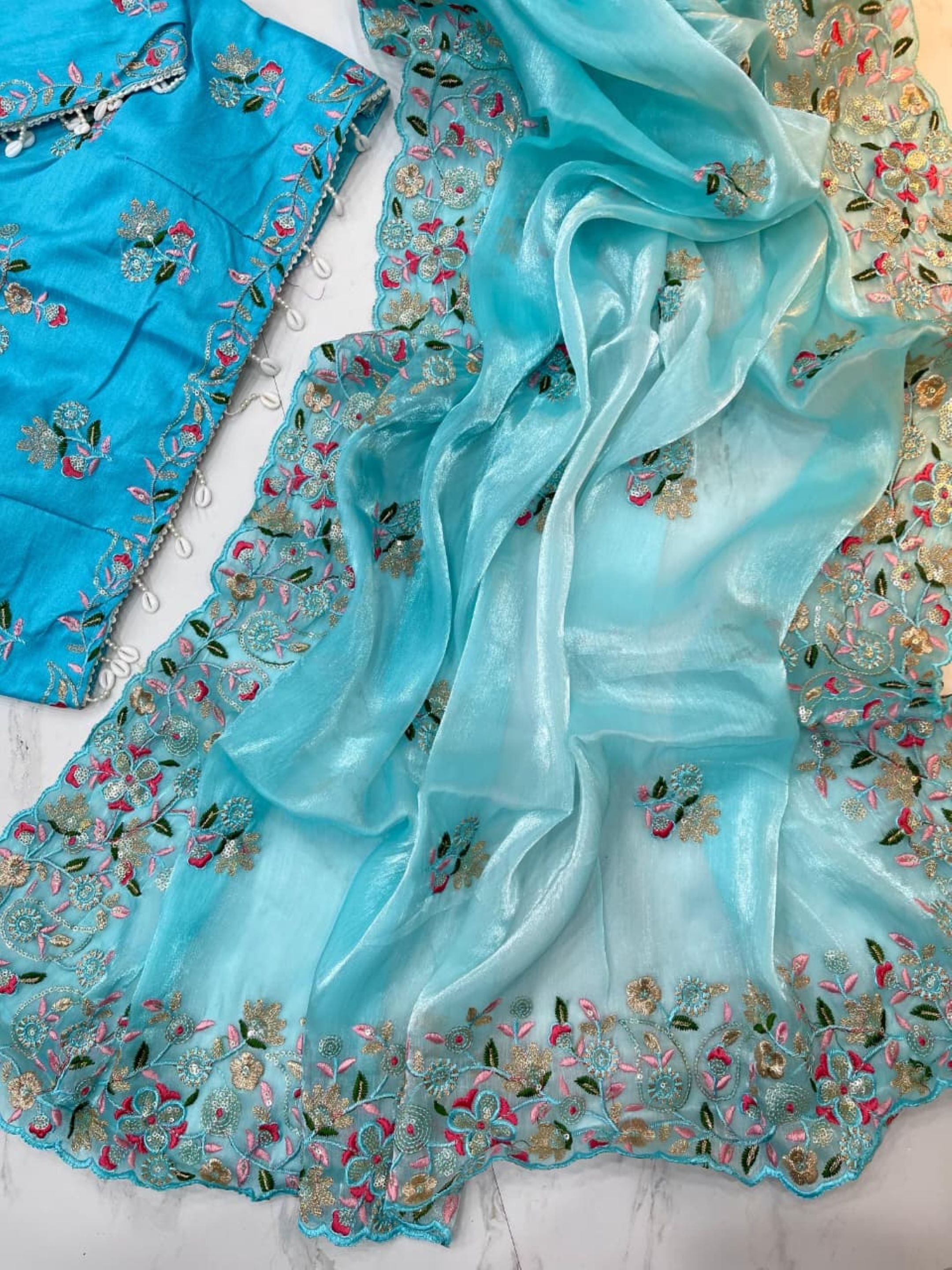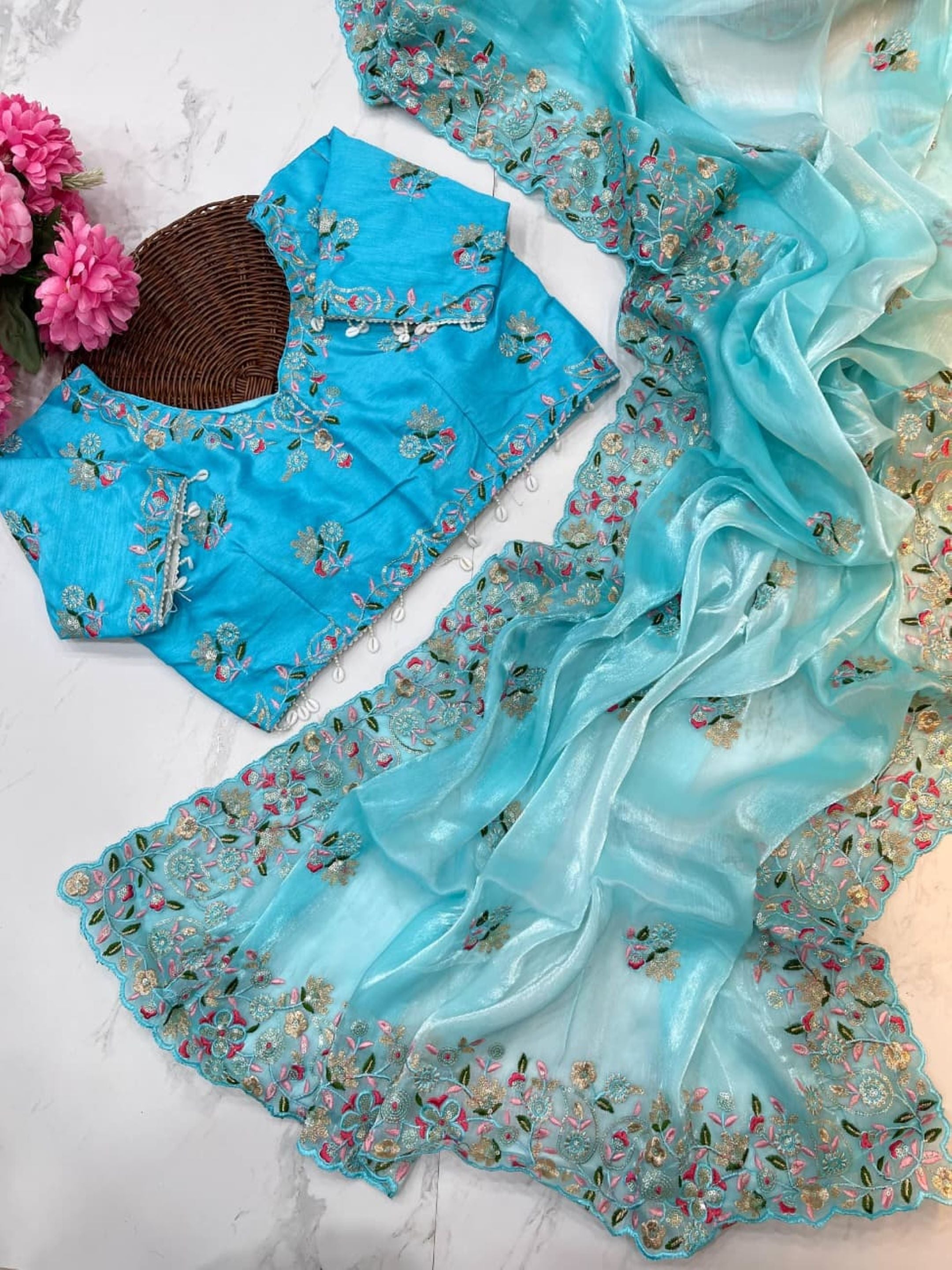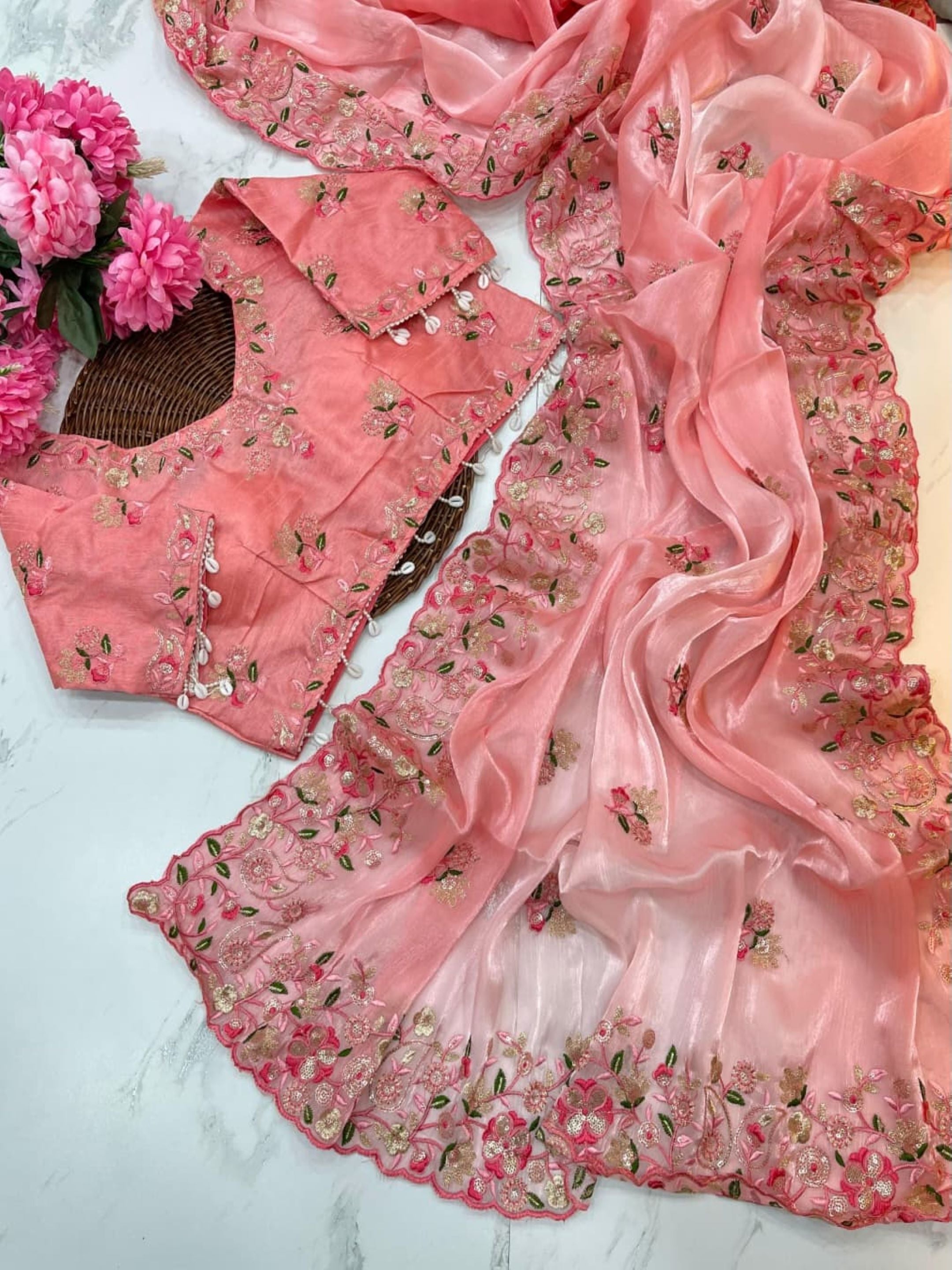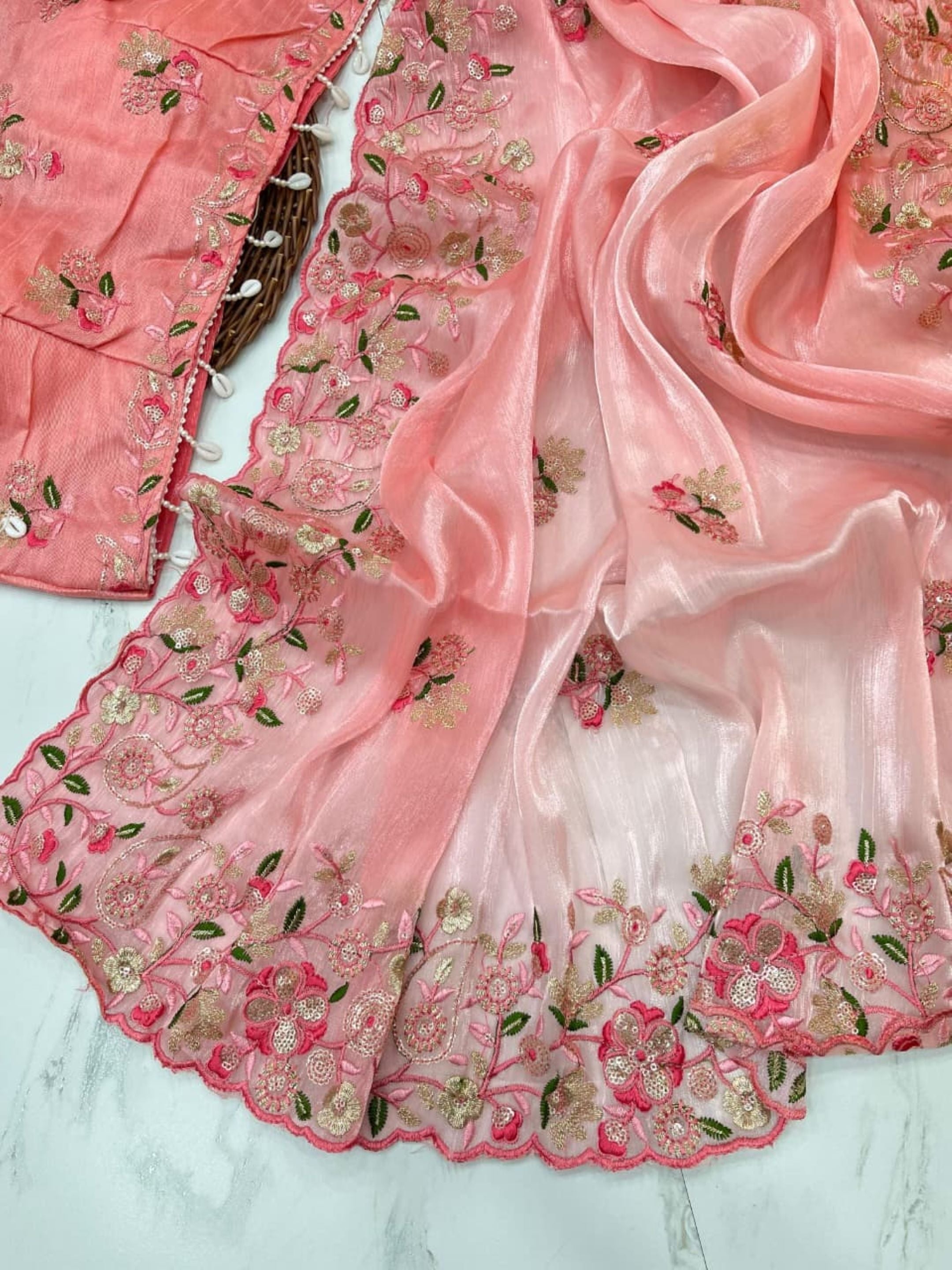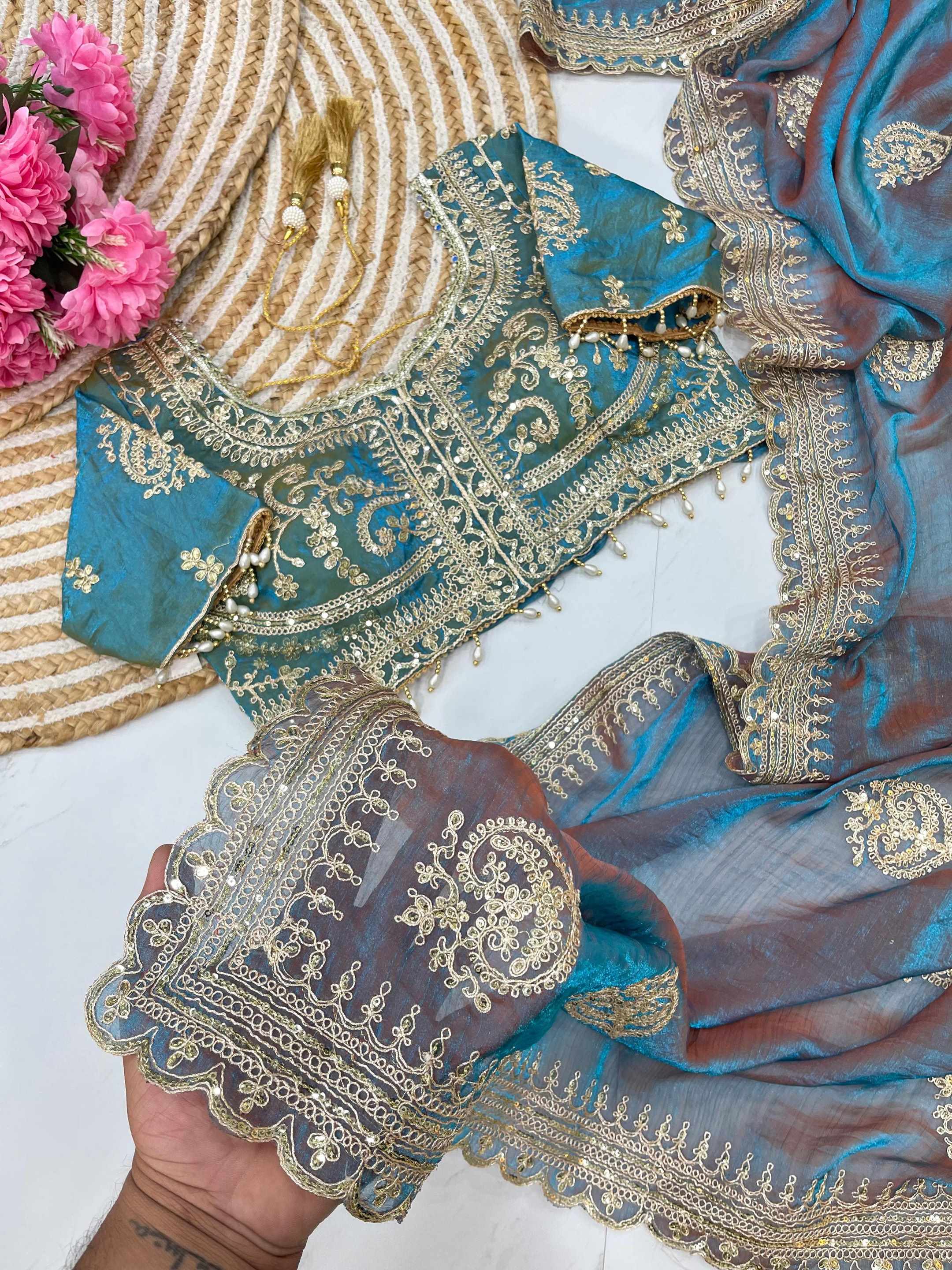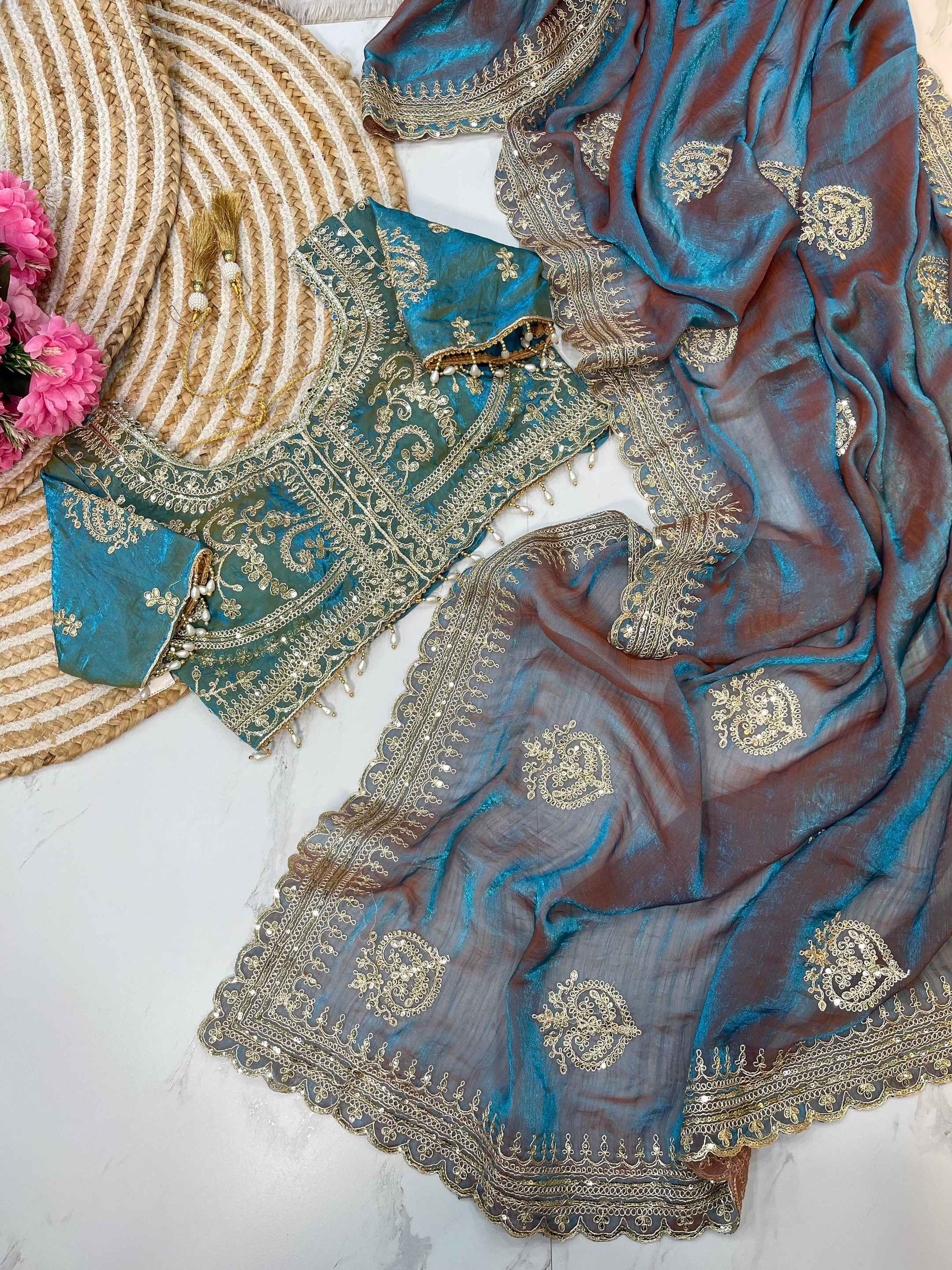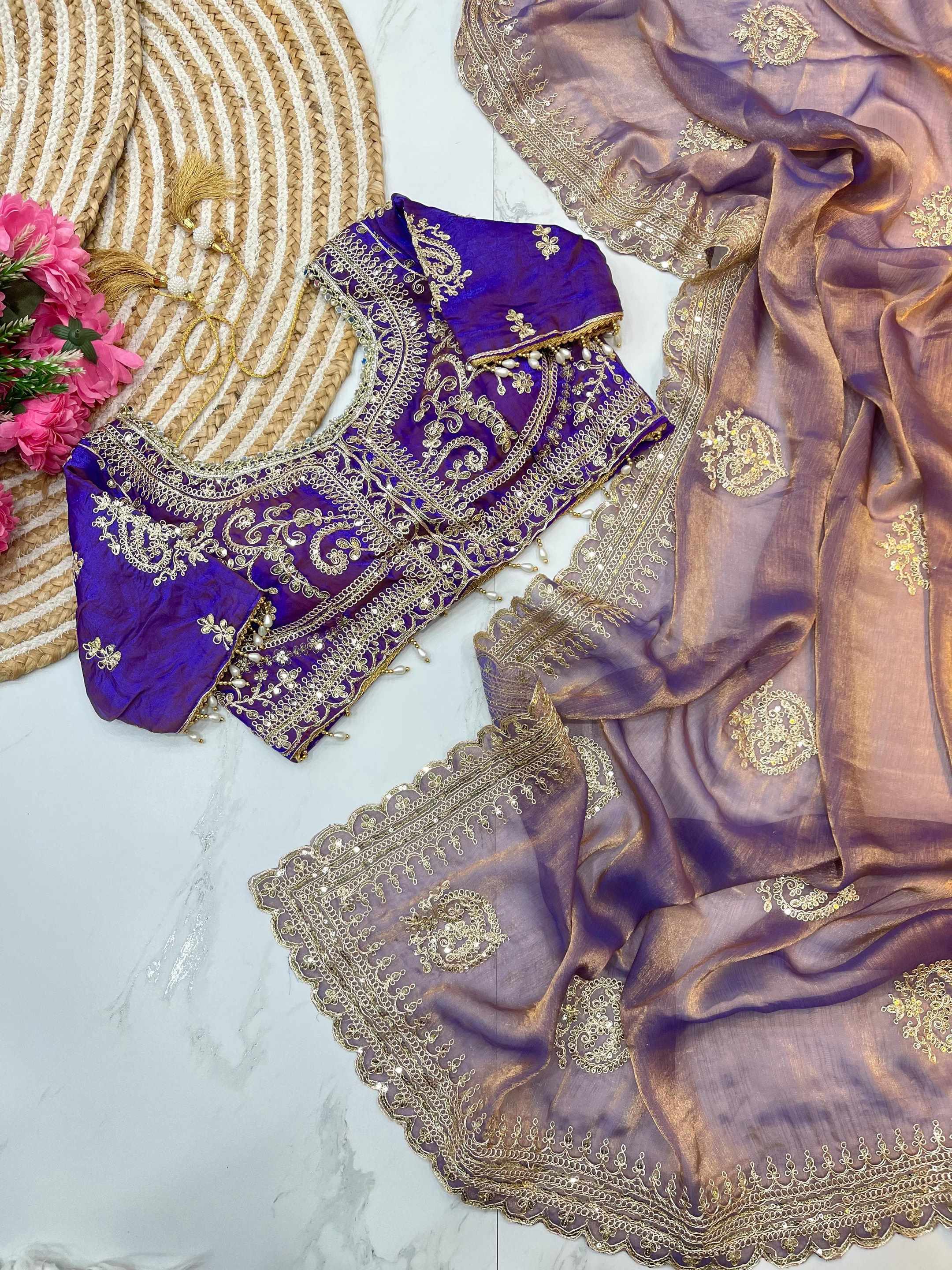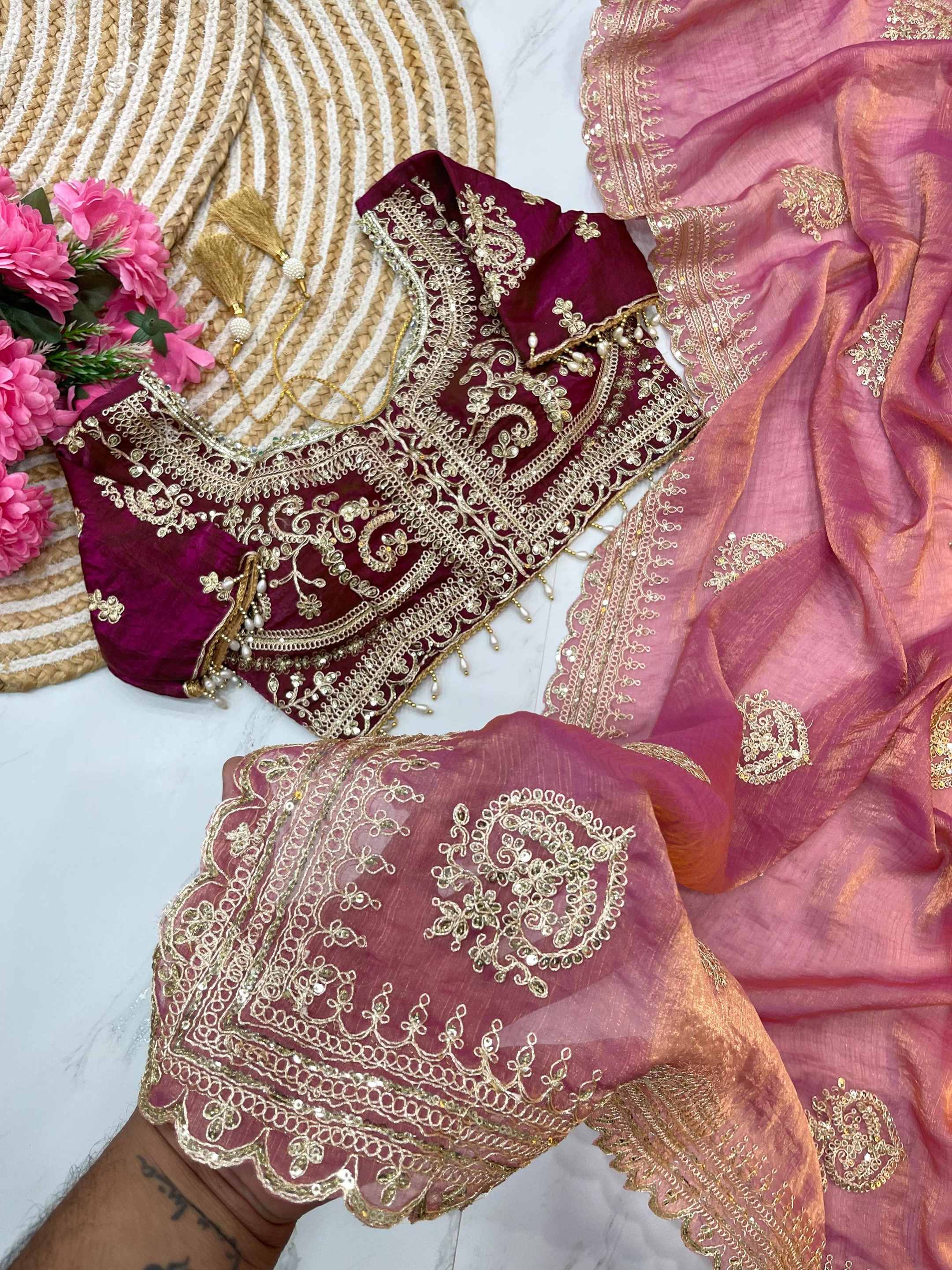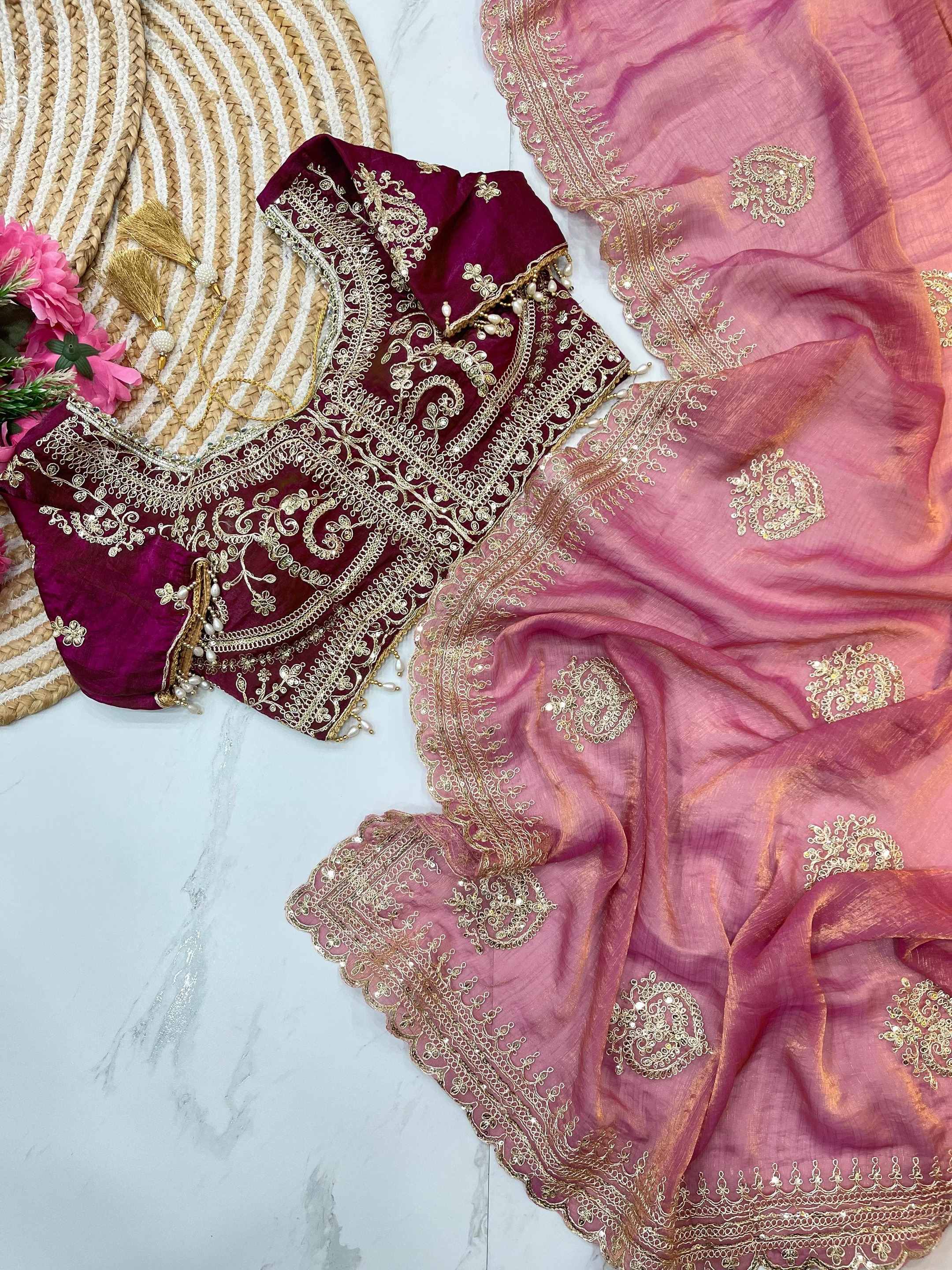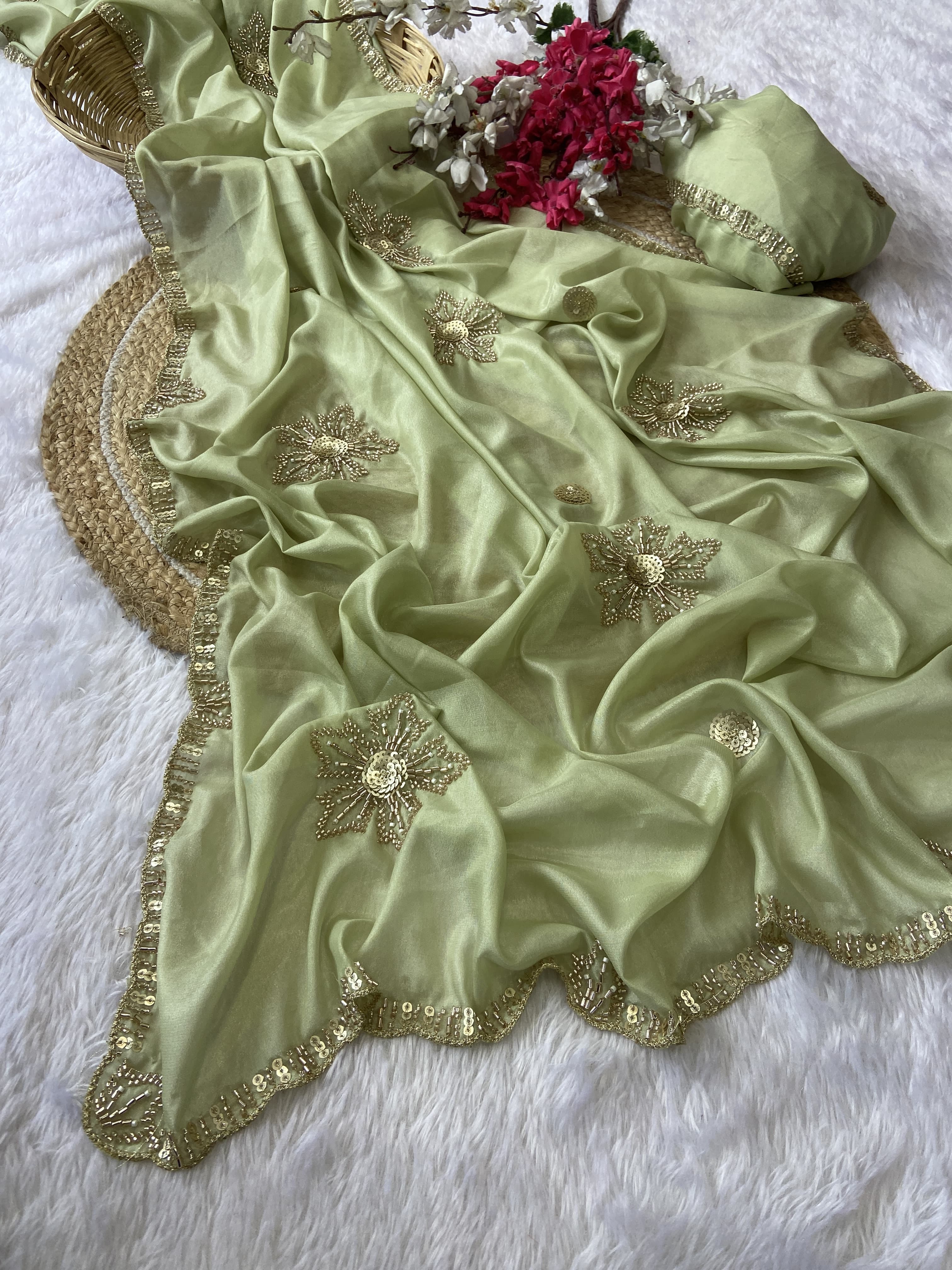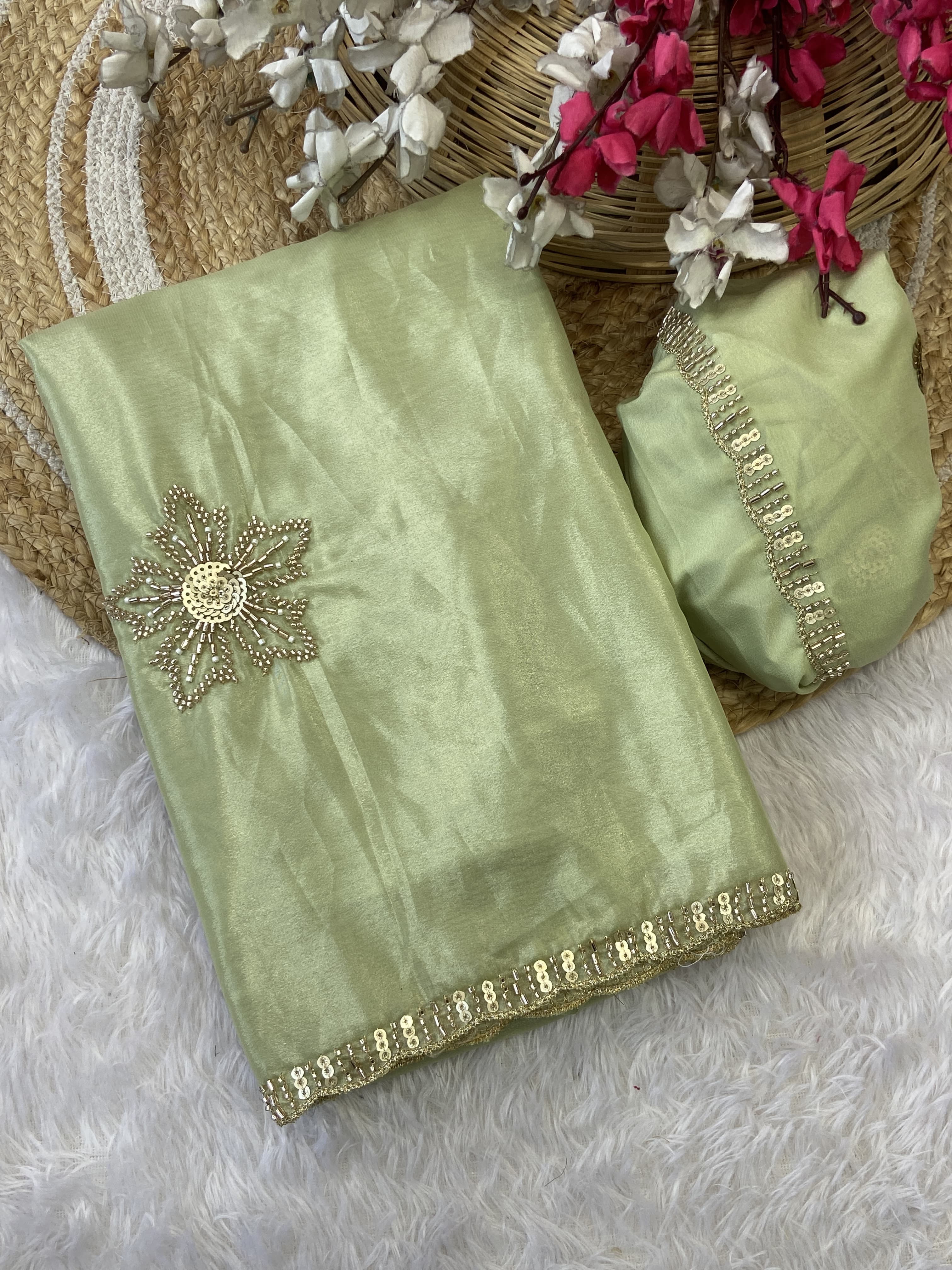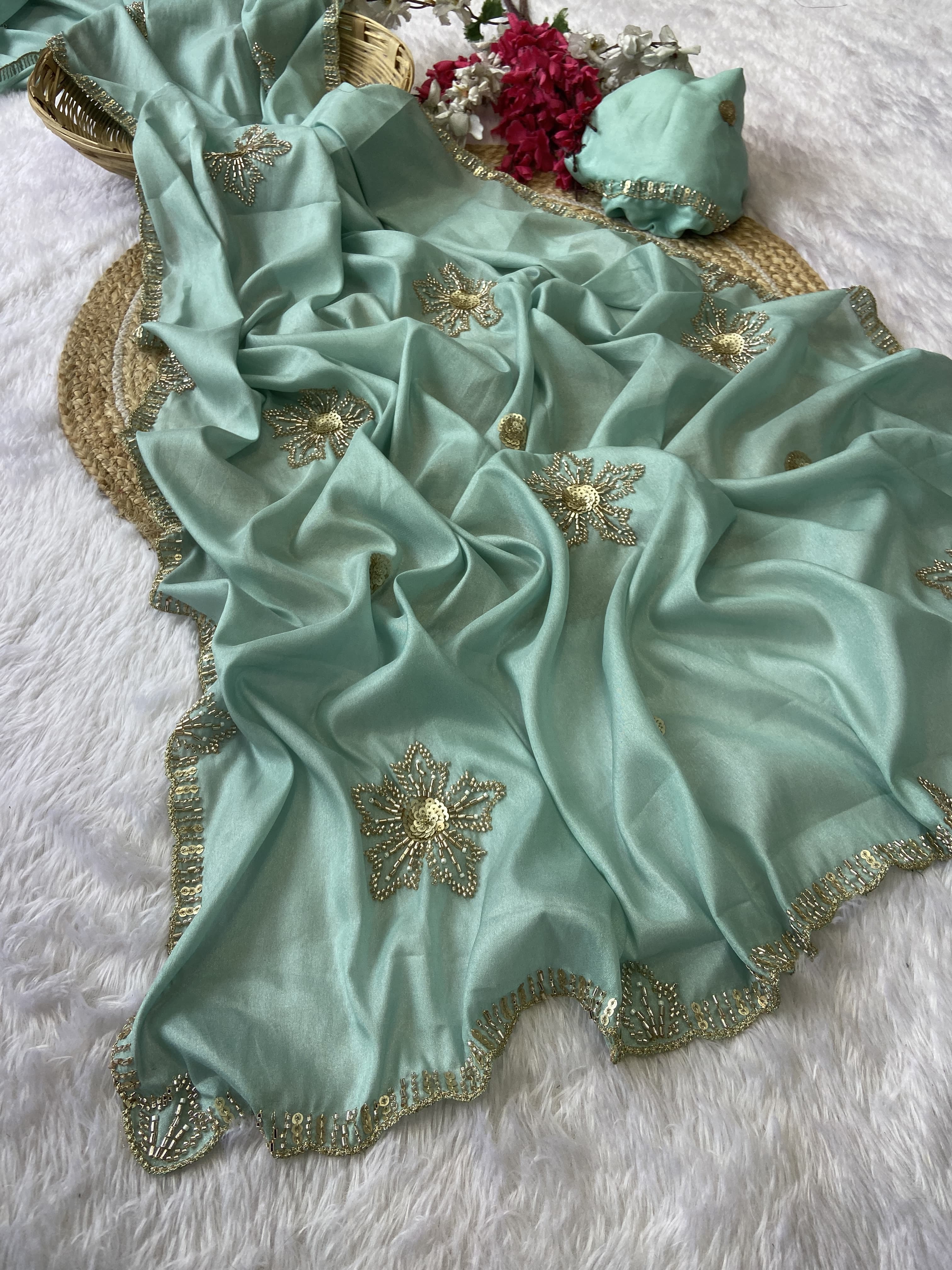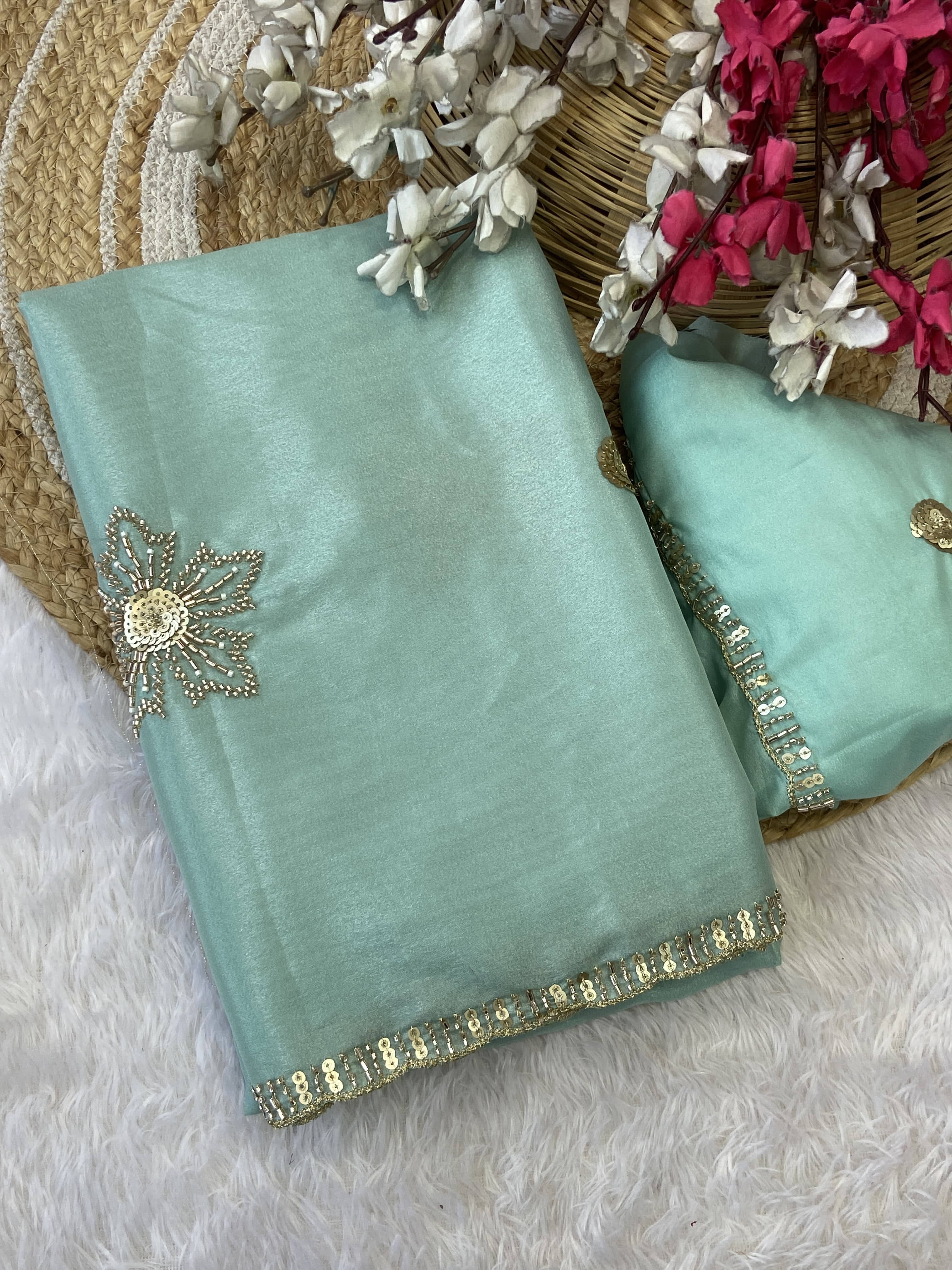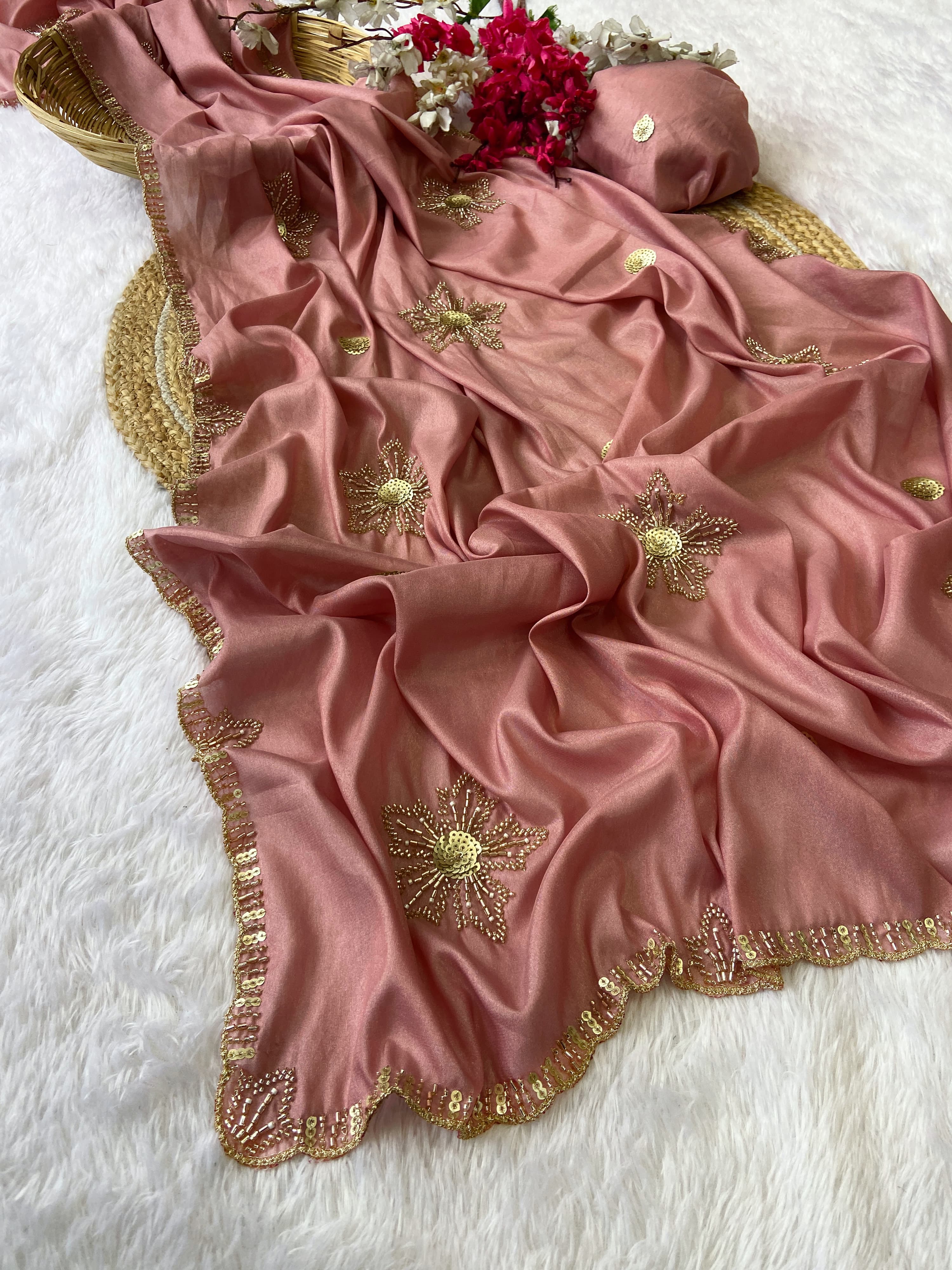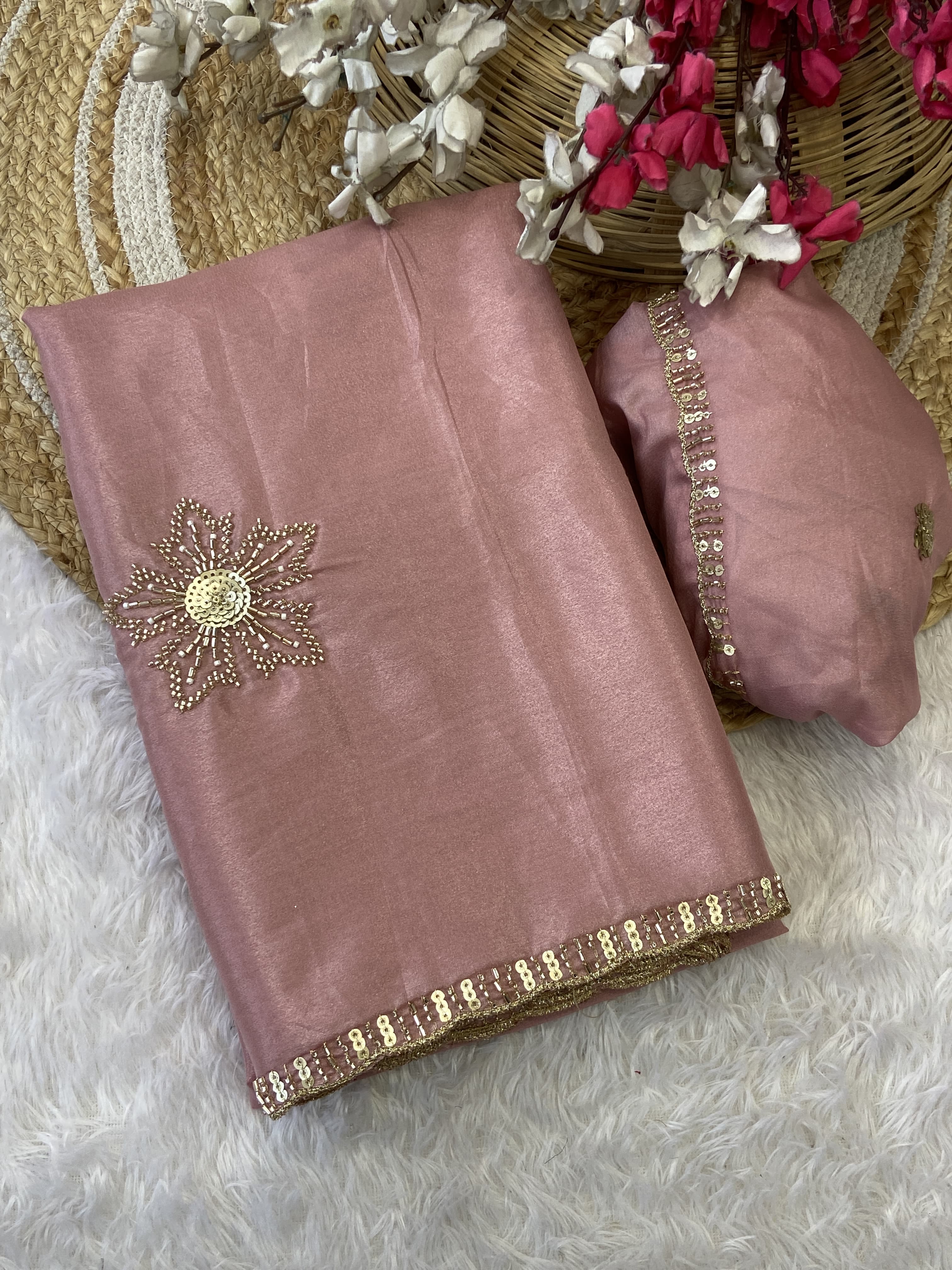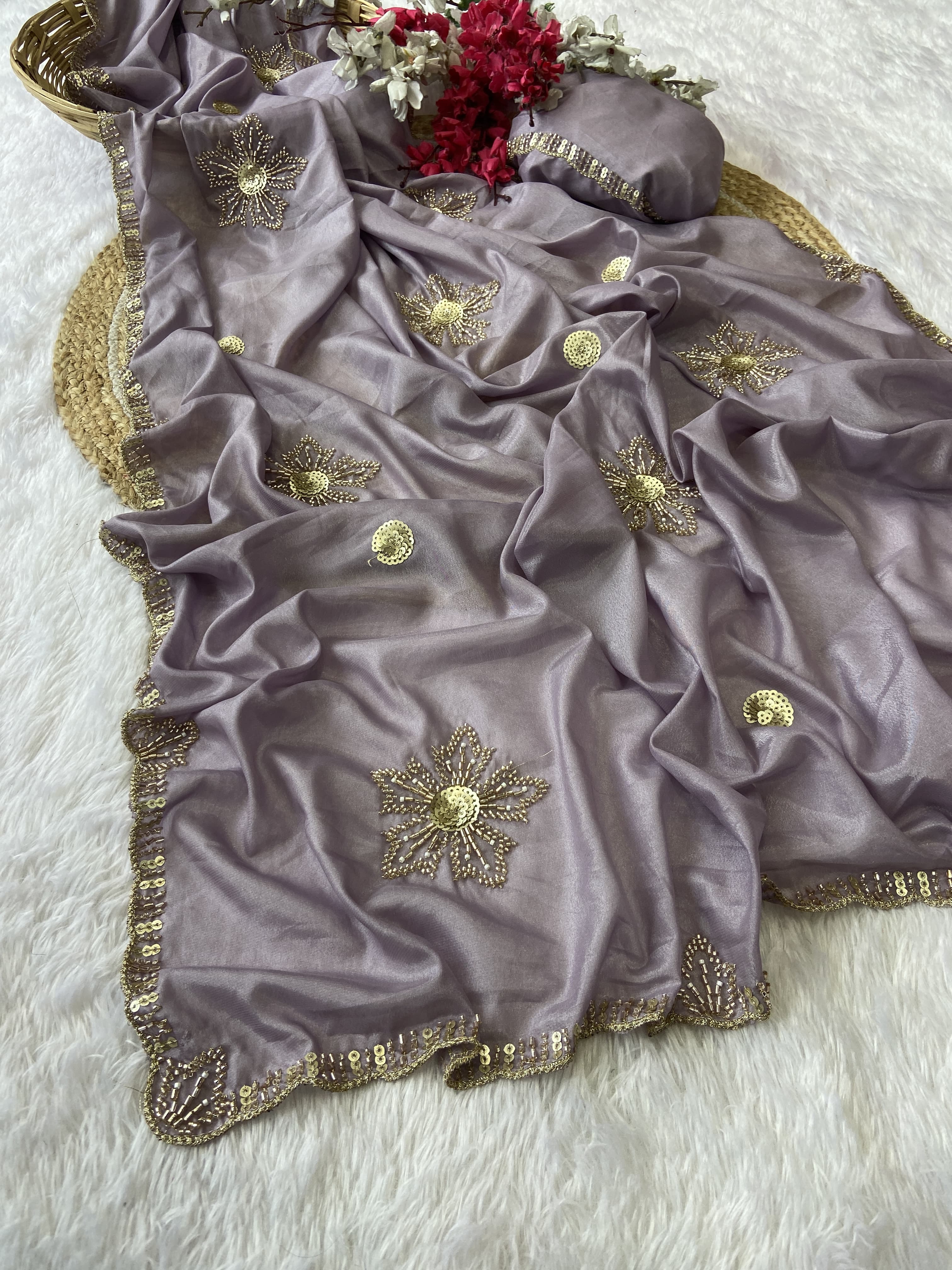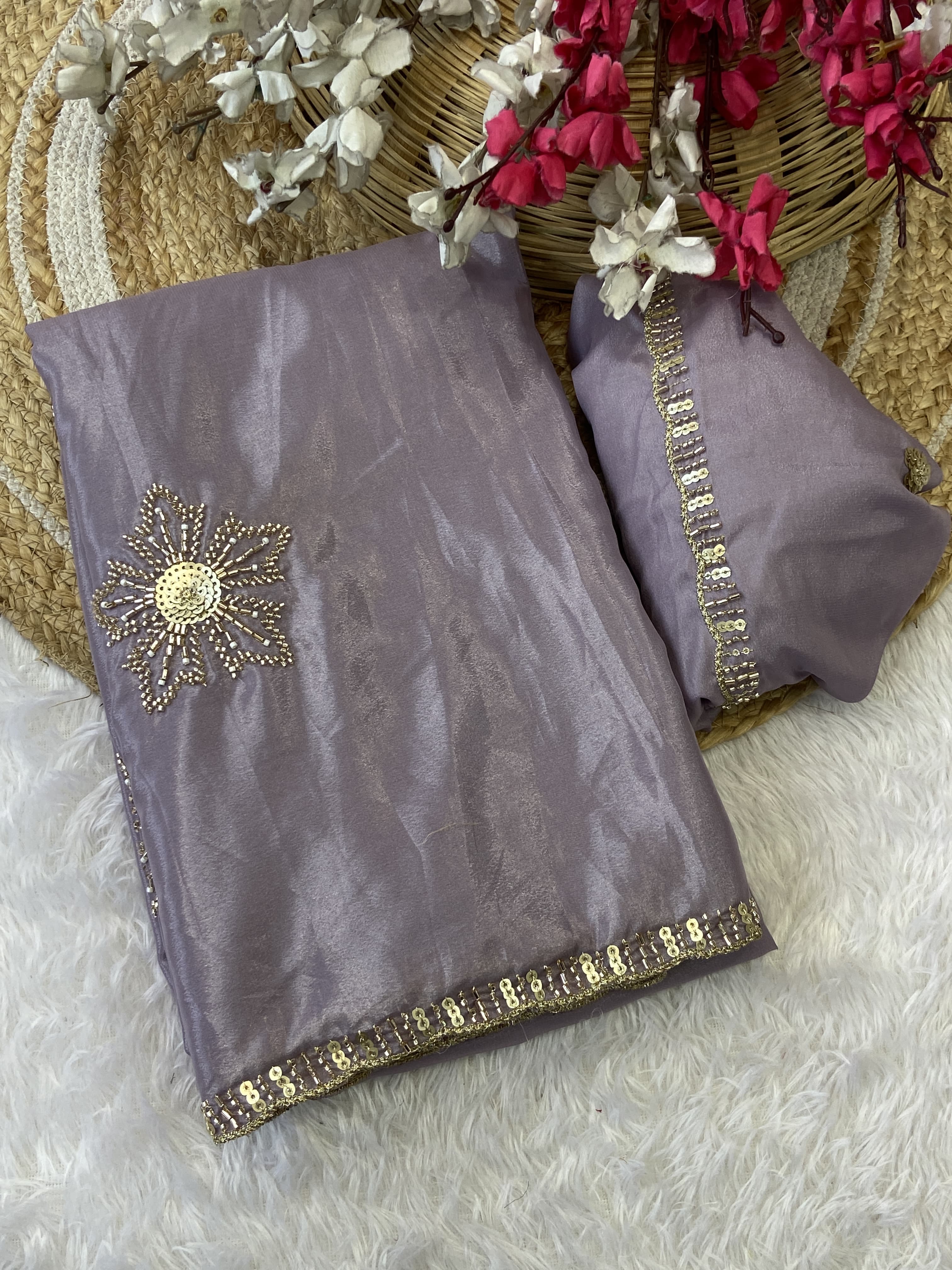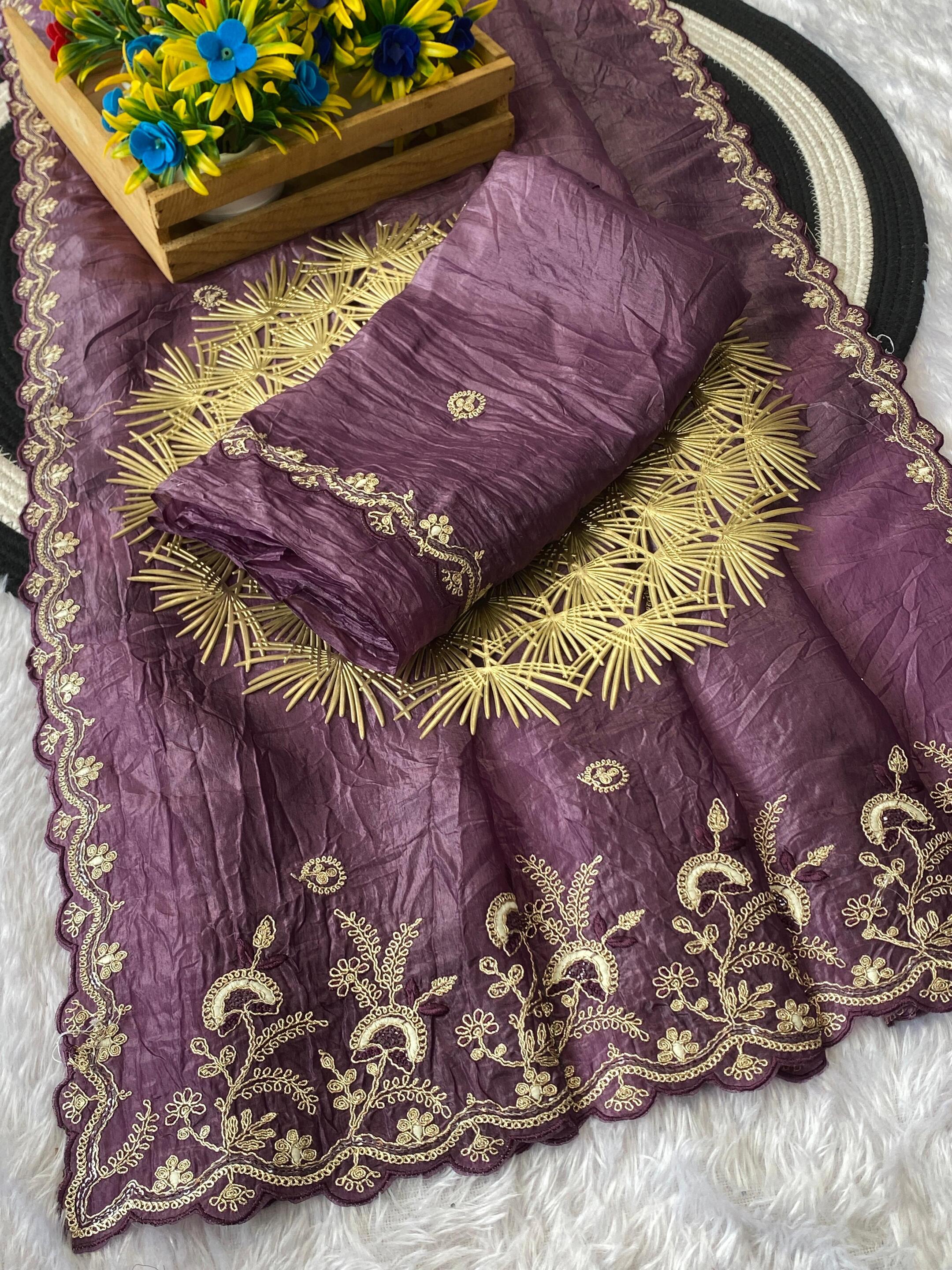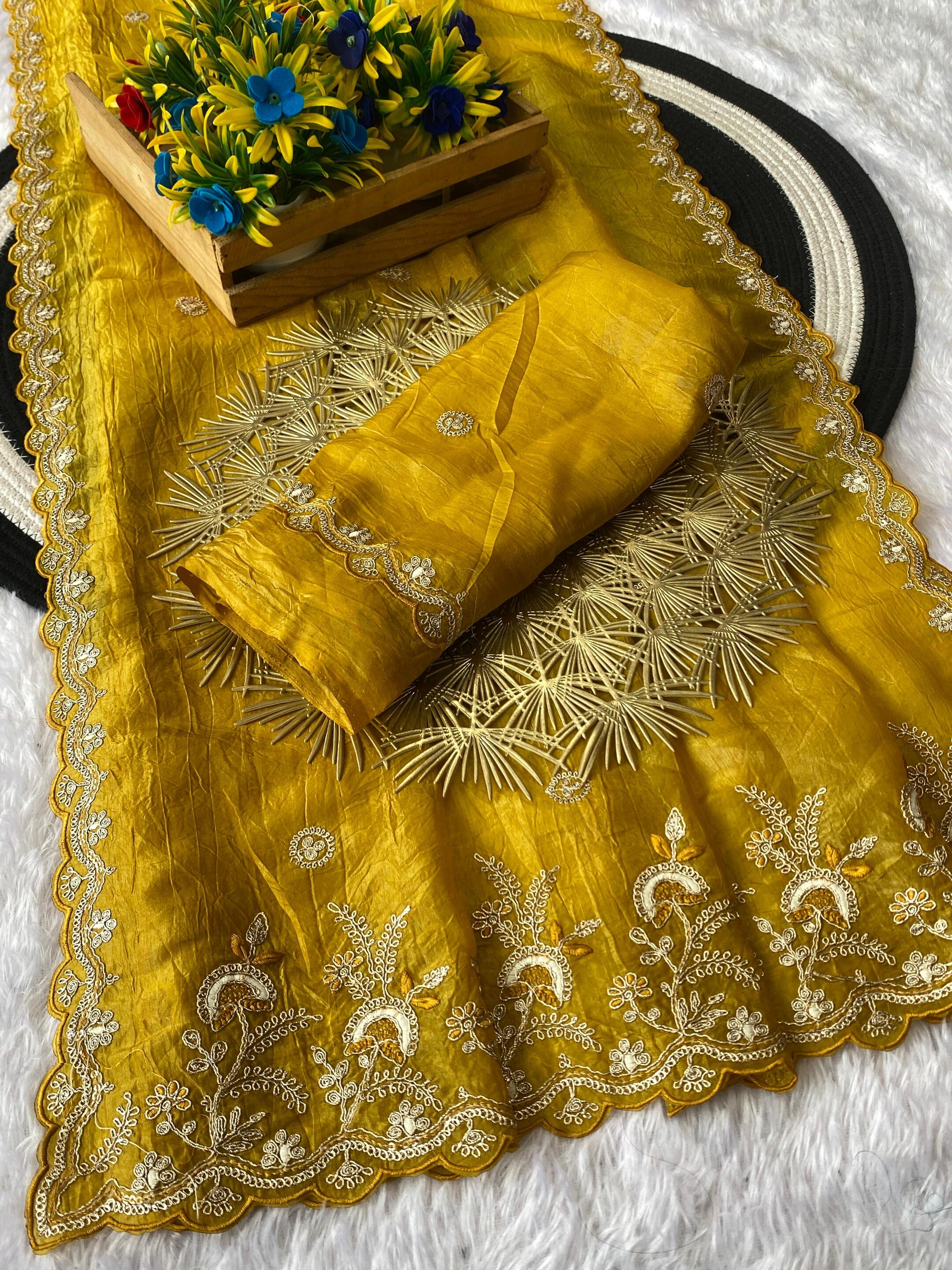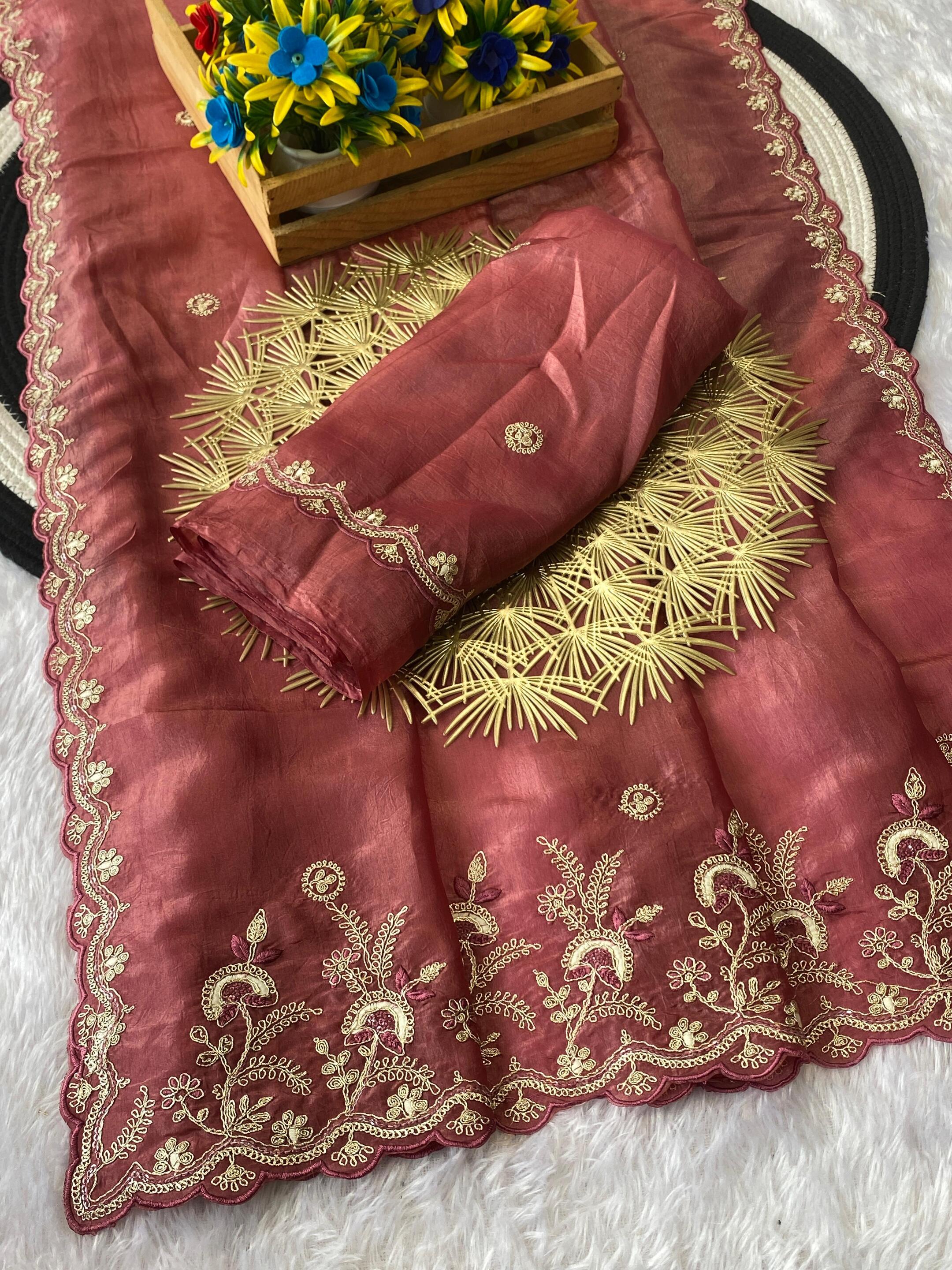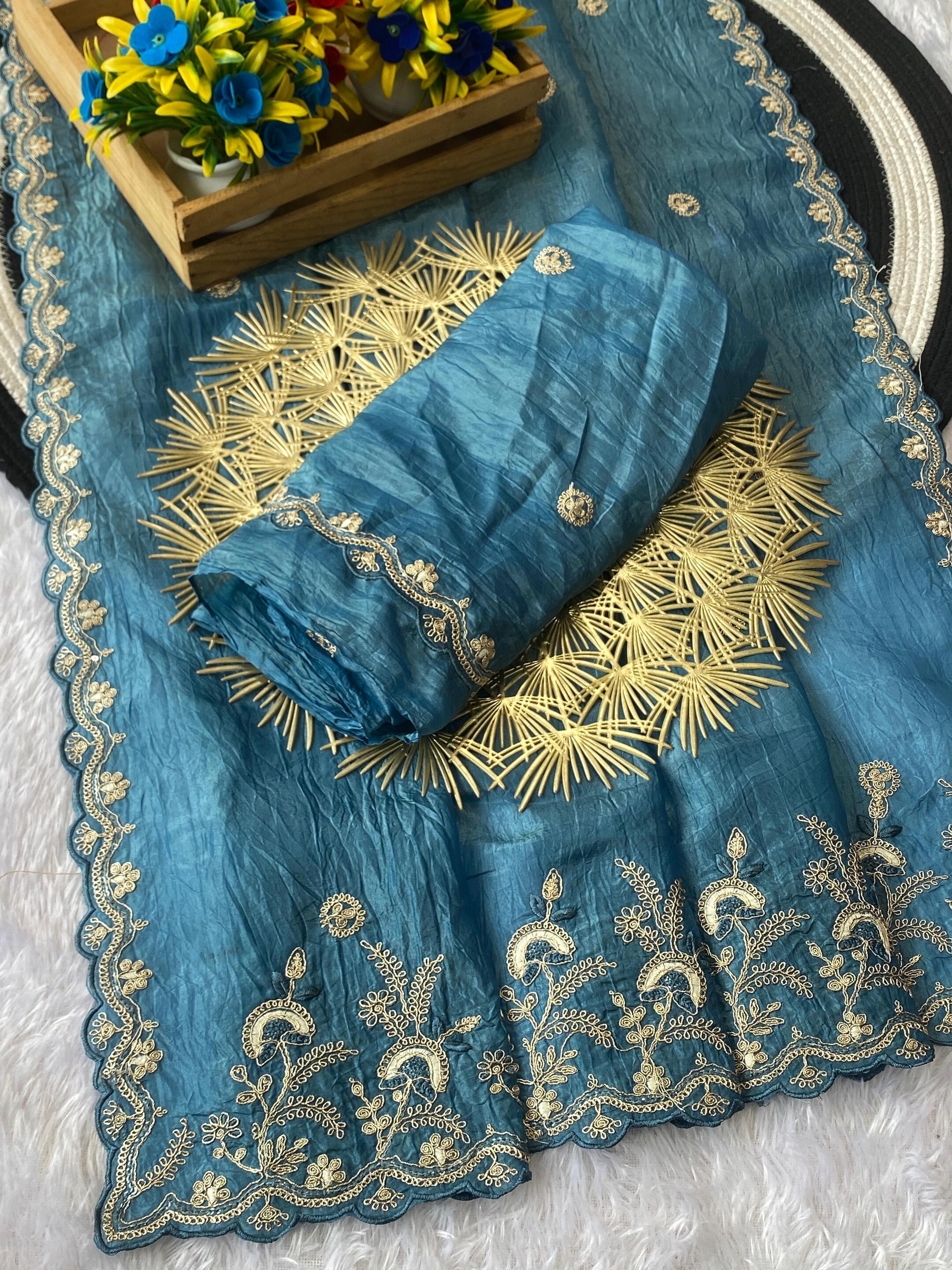
Tips On How You Can Maintain Your Sarees

For any woman preparing for or attending any special traditional occasion, the first thing that comes to mind is a saree. The saree has become the most popular and exquisite piece of women's wear. It shows the elegance of Indian culture, and it is the pride of women to wear one.
Every woman looks fascinating in a saree and can feel confident wearing one, but at the same time, it is very important to take care of it to prevent it from being damaged and torn. Not only while wearing it but also when we are keeping it in our wardrobe because as genes pass from generation to generation, the symbol of love, which is in the form of a saree, also passes from mother to daughter, and so on.
There are plenty of ways in which your saree and mood can be damaged and ruined, respectively.
For instance,
- Food stains
- Wearing it in a muddy area
- Wash it with hot water.
- Wearing ornaments that might stretch the saree
- Extra sunlight exposure
- Using strong detergent or bleach for washing
- Last but not least, period blood stains!
However, there are some ways that can be used at home to treat the saree immediately after the damage. And this depends on the type and fabric of the saree, as there are various different kinds and types of saree.
1. Food Stain
It is a little tough to deal with sarees having oil and other fruit juice stains on them.
One main thing to keep in mind is not to start rubbing the fresh stain, as it might spread over more areas of the saree.
Paper towels are the most preferable solution to use for food stains. It is used to blot the stain over the paper by placing the stained outside edges onto the paper.
For dried stains, a soap treatment by using soap directly on the stain and rubbing it gently would help fade the colour. Vinegar has also proven to be useful for stain removal by preparing a vinegar-water solution, using it on the stain, and later blotting with a clean cloth or paper towel.
Spilled tea stains are also frustrating to remove once they get dry. A salt and lemon juice mixture is popularly used to remove tea stains.
2. Muddy Damaged Saree
When the fabric of a saree is soft and smooth, it can easily get spoiled with mud. Thus, let the mud get dried first before attempting to remove wet mud, as it may spread the mud over the saree.
After it has dried, gently scrub the area with a brush to prevent fabric damage. As the solid particles get off the surface, treat it with water and, if necessary, with soap, mild detergent, or a vinegar solution.
Check the saree for any visible marks, and if there are any, repeat the process until it comes off. But be careful not to rip the material.
3. Hot Water Wash
Washing cotton or chiffon sarees with hot water would result in colour bleeding of the fabric. The water temperature should be convenient according to the fabric of the saree, which is given on the fabric care label.
The water temperature instructions on this label should be read carefully before washing the saree because hot water treatment might cause distortion of the material.
So later, cold water is beneficial to stabilise the fabric material of the saree and is treated gently by swirling it slowly.
If the colour of the saree has already faded, the only option left is to redye it, and make sure to do it with professional assistance.
4. Stretched Saree
Sometimes the saree may get stretched out due to the pressure of the heavy ornaments and cause damage.
If not properly handled, the saree might also be ripped and torn out. In this kind of case, a saree is placed over a flat surface, like a bed. Tugging the saree lengthwise would help it regain its shape.
5. Decolorization By Sunlight Exposure
First of all, do not dry the saree in direct sunlight, as its exposure to the saree causes the colour fading of the fabric. Sunlight may also be responsible for wrinkles in sarees after washing.
If discoloration occurs, redying the saree would help it regain its colour. For redying, professional help is recommended.
6. Strong Detergents
Harsh chemicals used in strong detergents and bleach cause colour fading and fabric weakening.
In this scenario, wash the saree with cold water to wash away detergent residues. Later, use mild detergent, which is suitable for the fabric. Make sure to fully dry the saree before wearing it.
Try to avoid sunlight contact with it by storing it in a dark area.
7. Blood Stain
It is quite usual to get a saree stained by blood during menses. It can be challenging to remove blood stains from a saree. Thus, it is important to treat it as soon as possible.
Use cold water to rinse it; avoid hot water as it can set the stain. Make a salt and water mixture and dab it on the stained area. Gently rub the stained area while making sure not to stretch it or damage the fabric.
Lemon juice contains natural bleach, so it can be useful too. Dab it on the stain, and after a few minutes, rinse it with cold water.
conclusion
‘Prevention is better than cure'! Thus, I would recommend taking more care in matters of sarees before it is too late. Because once torn, making it as it used to be is impossible.
The delicate fabric determines the care and maintenance of a saree, as there are plenty of types of fabric and material used in manufacturing a saree.
Cotton can withstand heat, so it can be dried in sunlight, but overexposure might fade its colour.
Bandhani sarees have small knots in the fabric, so machine washing should be avoided because it might stretch the fabric and ruin the knotted design of it.
Banarasi sarees have real gold and silver threads used in them, so dry cleaning or washing them gently is recommended to prevent their threads from stretching.
Zari work in Chanderi sarees might be ruined and scraped by machine washing, so dry cleaning is preferable.
Netted sarees have sequin and embroidery work in them and can be easily torn by getting stuck in things like ornaments.
Georgette cool sarees should be stored and maintained in cool and dry places, avoiding sunlight contact, to prevent damage to their high-quality yarn material.
Chiffon sarees have materials like cotton, nylon, rayon, and silk that should be cleaned by hand washing or dry cleaning.
Other tips that can help maintain your saree are
- Storing in a cool and dry place
- Creasing-free folding
- Protect them from moisture, dust, and insects.
- low-heat ironing.
- Dry cleaning.
- For hand washing, wash with cold water.
- Use mild detergent only.
- Avoid scrubbing.
- Do not dry in the sunlight.
- Do not use perfumes or fragrance chemicals on a saree; they may leave stains.
FAQs
How do you maintain expensive sarees?
Store them in cool, dry places away from direct sunlight. Do not fold it too tight to avoid creasing. Ironing should be done carefully. Dry cleaning by professionals should be done once every two months. Aeration should be provided to the saree frequently.
How to store sarees in the wardrobe?Fold them nicely and lightly to avoid creasing and wrinkles. Make sure to clean them before storing them. Place them in the wardrobe according to their weight; heavy ones go at the bottom and light ones at the top. Use fabric bags to store sarees to prevent dust and insect contact with the saree.
How to remove stains from silk saree?First, blot the stain with a paper towel to absorb the liquid quickly. Use mild detergent and a lukewarm water solution to dab the stained area. Scrub the area gently. Rinse the area carefully with cold water. Dry it in a shaded area, away from sunlight.
How to store sarees for a long time?Make sure to clean the sarees before storing them. If the saree has any dirt or stains on it, clean it before it gets settled. Wrinkles and creases should be avoided. Store it in a fabric storage bag to prevent dust and insects from contacting the saree. Dry-clean them once every two months. Give them aeration frequently. Avoid hanging the saree to prevent strain and distortion.
How to make a stiff silk saree soft?There are fabric softener solutions available on the market that help soften the saree if it has gotten stiff. A vinegar and water solution can also be used by submerging the saree in it for a few minutes. Steam ironing can be done as well.


